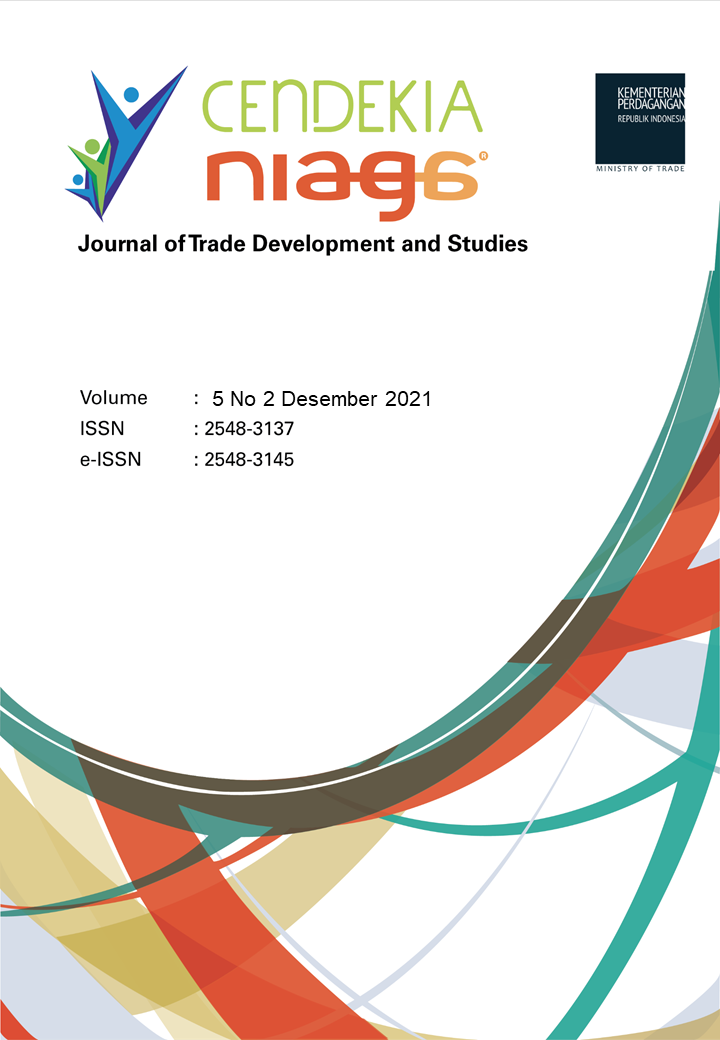Penerapan Manajemen Penanganan Keluhan Peserta Pelatihan (Studi Kasus Di Pusdiklat Badan Siber dan Sandi Negara )
Main Article Content
Abstract
Training centers as a place to conduct training receive complaints about the implementation of training and facilities available from training participants as recipients of services and the organizers of the training center as implementers. So far, there has not been a precise complaint handling mechanism so that complaints are often not conveyed to the authorities in charge so that they appear to be handling complaints slowly or not at all. Whereas complaints are one of the inputs needed to improve an organization, BSSN Training Center certainly requires an integrated complaint handling mechanism. So, complaints are input for organizational improvement but also can be resolved appropriately and in relatively short and observable time. This research used a descriptive method with a qualitative approach. This method will describe the complaint handling management process in detail in handling complaints of training participants at the BSSN Training Center. Qualitative analysis techniques used interpretive techniques. Data collection techniques used triangulation techniques that combine several techniques, namely document review, interviews, and discussion results. The method of analyzing data uses the method of analyzing data flow models. The study obtained results in the form of a description of the Complaints Handling Management Process in Handling Complaints of Participants in the BSSN Training Center which utilizes online platforms ranging from delivery to complaint report management. The Complaints Handling Management is more easy to do, faster because it cuts through the bureaucratic path and the measurement process is more measurable
Article Details
References
Kepala Lembaga Sandi Negara (2017). Peraturan Kepala Lem baga Sandi Negara tahun 2017 nomor 3 tentang Pedoman Penyelenggaraan Pendidikan dan Pelatihan Sandim an.
Ham alik, O. (2007). M anajemen Pelatihan
Ketenagakerjaan Pendekatan Terpadu Pengembangan Sumber Daya M anusia. Jakarta: Bum i Aksara.
Holle, E. S. (2011). Pelayanan Publik M elalui Electronic Government: Upaya Meminimalisir M aladministrasi Dalam M eningkatkan Public Service. Jurnal Sasi.
Indonesia, K. B. (2019, Oktober 14). https://kbbi.web.id. Retrieved from https://kbbi.w eb.id/integrasi:https://kbbi.w eb.id/integrasi
Jogiyanto. (2009). Sistem Teknologi Informasi. Yogjakarta: Andi Publisher.
Kaihatu, T.S. (2015). Manajemen Komplain. Jakarta: Penerbit Andy.
KepmenPan. (2003). Keputusan Menteri Pendayagunaan Aparatur Negara Nomor 63 Tahun 2003 tentang Pelayanan Publik. Kemenpan, Jakarta.
Ketenagakerjaan (2003). Undang-undang Nomor13 Tahun 2003 tentang Ketenagakerjaan. Jakarta, Indonesia.
Kotler, P. (2005). Manajemen Pemasaran. Jakarta: PT. Indeks.
Ludington, J., & Bell, S. (2006). Coping with Customer Complaint. Journal of Service Research.
Presiden. (2017). Peraturan Presiden nom or 53 tahun 2017 tentang Badan Siber dan sandi Negara. 2017.
Publik, P. P. (2013). Jakarta.
Putri Subekti, D. S. (2013). Manajemen Komplain Pelanggan dalam Rangka Peningkatan Pelayanan di RSUD Dr. Ishak Tulungagung. Kebijakan dan Manajemen Publik, Volume 1, Nomor 1.
Rizal, & Furianto, A. (2009). Marketing Reloaded: Kompilasi Konsumen dan Praktek. Jakarta: Salem ba Em pat.
Setiawan, M.R. (2015).Keefektifan Penanganan Keluhan (Complaint Handling) di Dinas Kependudukan dan Catatan Sipil Kota Surabaya. M anajemen dan Kebijakan Publik, Volume 3, Num ber 3.
Simamora, H. (2006). Manajemen Sumber Daya M anusia. Yogyakarta: STIE YKPN.
Sobandi, B. (2016). Metode Penelitian 2. Jakarta: Lembaga Adm inistrasi Negara.
Tjiptono, F. (2005). Pemasaran Jasa. Yogyakarta: Bayu M edia Publishing.
UU. (2009). Undang-Undang Nomor 25 Tahun 2009 tentang Pelayanan Publik. Undang- Undang, Jakarta.
Wibowo, T.P., A.S., & S.S. (2014). Analisis Manajemen Penanganan Keluhan Di Kantor Pertanahan Kota Semarang. Journal of Public Policy and M anagement Review, Volum e 3, Num ber 1.
